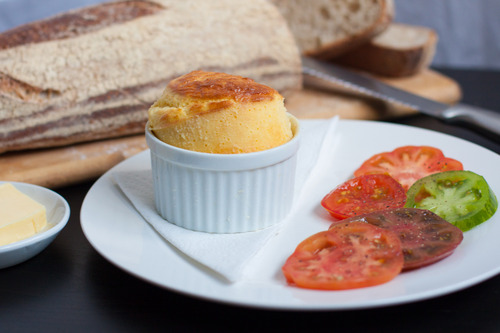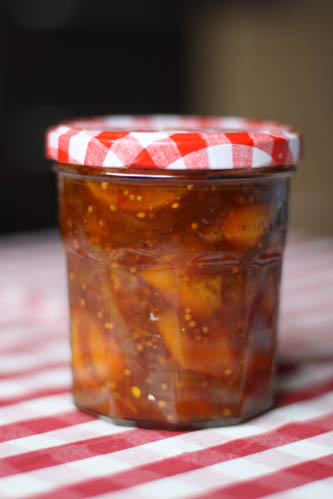Tips for souffle
 Tuesday, January 10, 2017 at 8:35PM
Tuesday, January 10, 2017 at 8:35PM 
I made souffle for the first time recently and I found it is not really too difficult so long as you follow the instructions carefully. However, what I didn't know was how quickly it would deflate; not ideal when you are trying to take pictures. My first ones rose beautifully, but by the time I had all the sides and props ready they looked like sad little omelettes. I learned my lesson, set everything up and had everything ready to go for the second round.
Here are some tips to help you get your souffle right:
- You can make the béchamel and egg yolk base in advance, but the egg whites must be whisked and added to the mix just before cooking
- Be very gentle when folding in the egg whites – you want as much air in them as possible. Use a spatula and a figure of eight motion.
- When buttering the dish, use a pastry baster and brush the sides from the base to the edge, in the same direction as the soufflé rises – this is said to aid the rise. Parmesan is also said to aid the rise.
- You can run a palette knife around the edge of the soufflé before cooking to help it rise. If you want a flat top then fill the mould to the brim and use a palette knife to flatten it.
 Vix |
Vix |  Post a Comment |
Post a Comment | 
